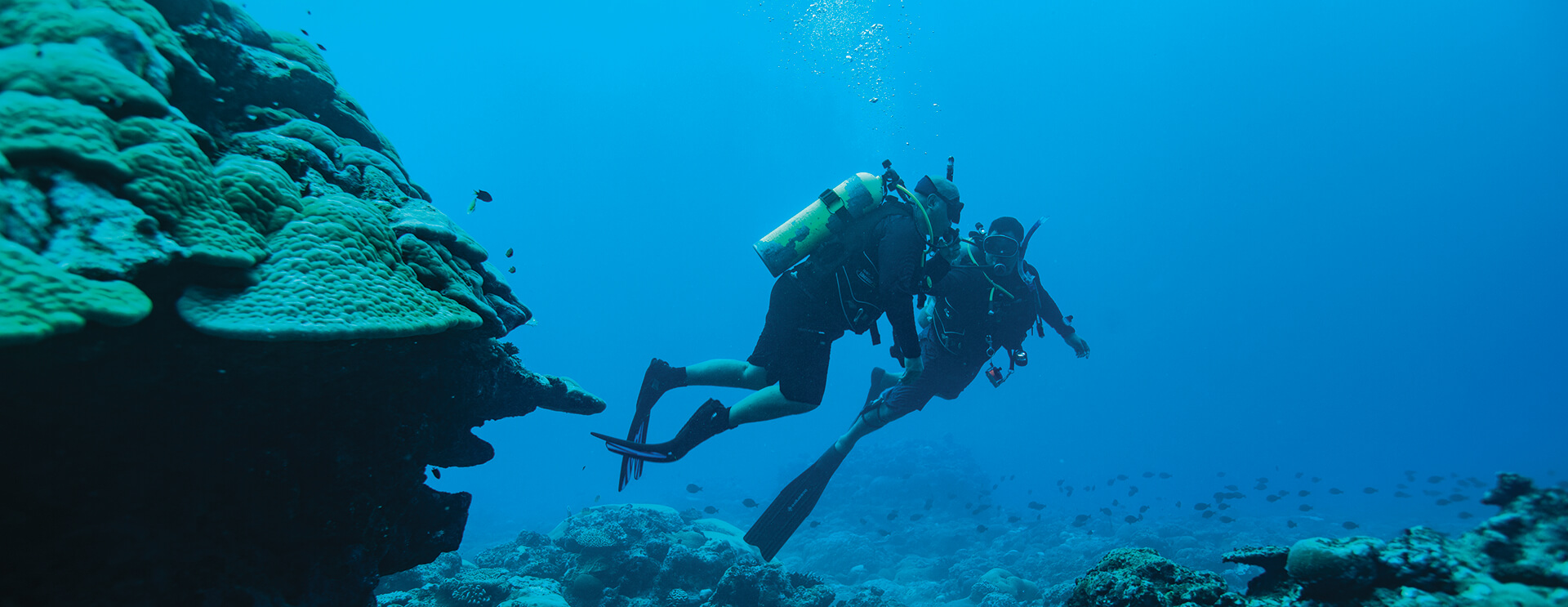From the Director

The world’s ocean covers more than 70 percent of our Earth, and has always been a link between our planet’s human and animal populations. This vast body of water stretches from pole to pole, continent to continent, connecting all of us no matter where we are. The sites within the National Marine Sanctuary System serve as hubs for people and animals alike.
National marine sanctuaries and other marine protected areas create a network of responders all over the nation and all over the world. After Hurricane Irma and a new coral disease hit Florida Keys National Marine Sanctuary in 2017, partners from around the globe as well as other sites within the National Marine Sanctuary System did not hesitate to send supplies, fuel, and support. When responders need assistance, sanctuaries step in: for example, staff from Stellwagen Bank in Massachusetts have traveled thousands of miles to help disentangle whales in Hawaiian Islands Humpback Whale National Marine Sanctuary. And we’ve forged relationships with other organizations, like the Coast Guard, which helps us enforce regulations and manage vessel traffic, as well as the dozens of universities, nonprofits, and government agencies working to uncover the cause of the coral disease afflicting the Florida Keys. Connections like these help us do our jobs better.
As we look forward, I’m most excited about the new connections we will make. Our National Marine Sanctuary System is at a turning point: in 2014, we reopened the sanctuary nomination process, and several sites are in the queue to join this rich community. The more we work together, the stronger we will be.
I’m also excited about our efforts to expand our understanding of your sanctuaries by partnering with institutions to share seafloor mapping and expeditions with advanced robotic technologies. The goals of the work are to meet sanctuary priorities to conduct high-resolution mapping of sanctuaries and marine national monuments, conduct baseline studies to identify resources and characterize habitats, and to communicate the importance of sanctuaries and the ocean to the public via outreach activities. Across all national marine sanctuaries, about $8 billion annually is generated in local economies from activities like commercial fishing, tourism, and recreation, and we seek to protect this economic resource.
The United States boasts some of the most important natural, cultural, and historical resources in the world—not just on land but under the water as well. NOAA plays a critical role in protecting and promoting access to these special coastal and marine places. The network of marine protected areas you can get to know in this magazine encompasses more than 620,000 square miles of coastal, marine, and Great Lakes waters. Please join me in helping to protect this blue planet.



